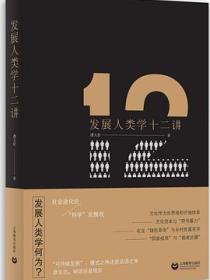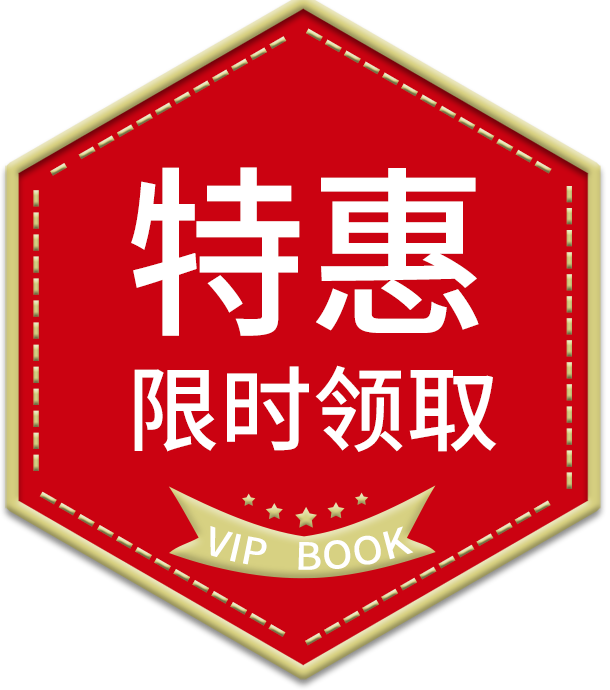类似推荐
内容简介
Do institutions think? If so, how do they do it? Do they have minds of their own? If so, what thoughts occupy these suprapersonal minds? Mary Douglas delves into these questions as she lays the groundwork for a theory of institutions. Usually the human reasoning process is explained with a focus on the individual mind; her focus is on culture. Using the works of Emile Durkheim and Ludwik Fleck as a foundation, "How Institutions Think" clarifies the extent to which thinking itself is dependent upon institutions. Different kinds of institutions allow individuals to think different kinds of thoughts and to respond to different emotions. It is just as difficult to explain how individuals come to share the categories of their thought as to explain how they ever manage to sink their private interests for a common good. Douglas forewarns us that institutions do not think independently, nor do they have purposes, nor can they build themselves. As we construct our institutions, we are squeezing each other's ideas into a common shape in order to prove their legitimacy by sheer numbers. She admonishes us not to take comfort in the thought that primitives may think through institutions, but moderrjs decide on important issues individually. Our legitimated institutions make major decisions, and these decisions always involve ethical principles.
作者简介
Mary Douglas traipsed as an anthropologist at Oxford University. Early in her career, she did fieldwork in the Belgian Congo under the auspices of the International African Institute. She taught at Oxford and the University of London. In 1977 she came to America as Director for Research on Culture at the Russell Sage Foundation, and in 1981 she went to Northwestern University a...
(展开全部)
How Institutions Think是1986年由SyracuseUniversityPress出版,作者ProfessorMaryDouglas。
得书感谢您对《How Institutions Think》关注和支持,如本书内容有不良信息或侵权等情形的,请联系本网站。

















